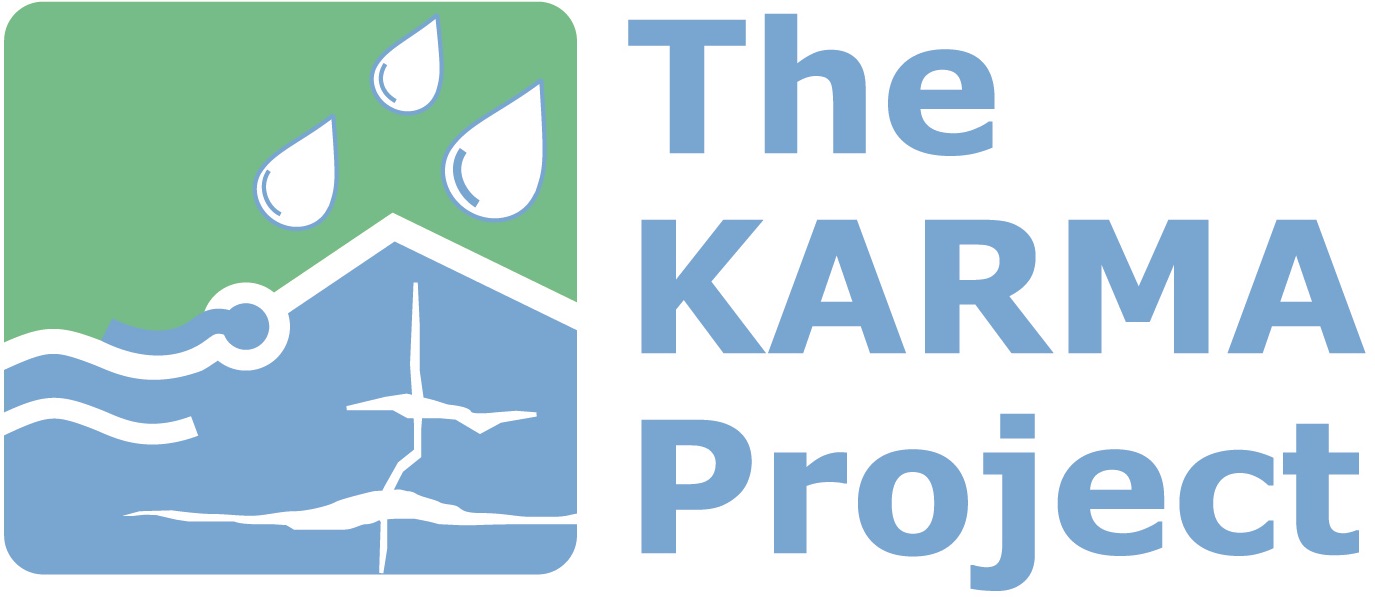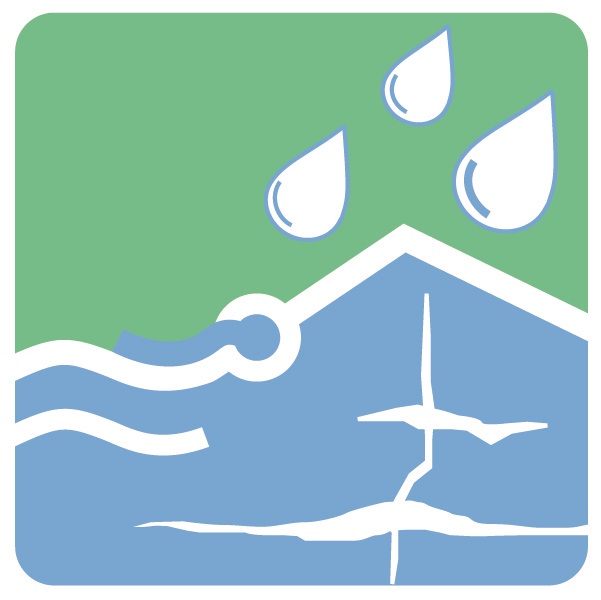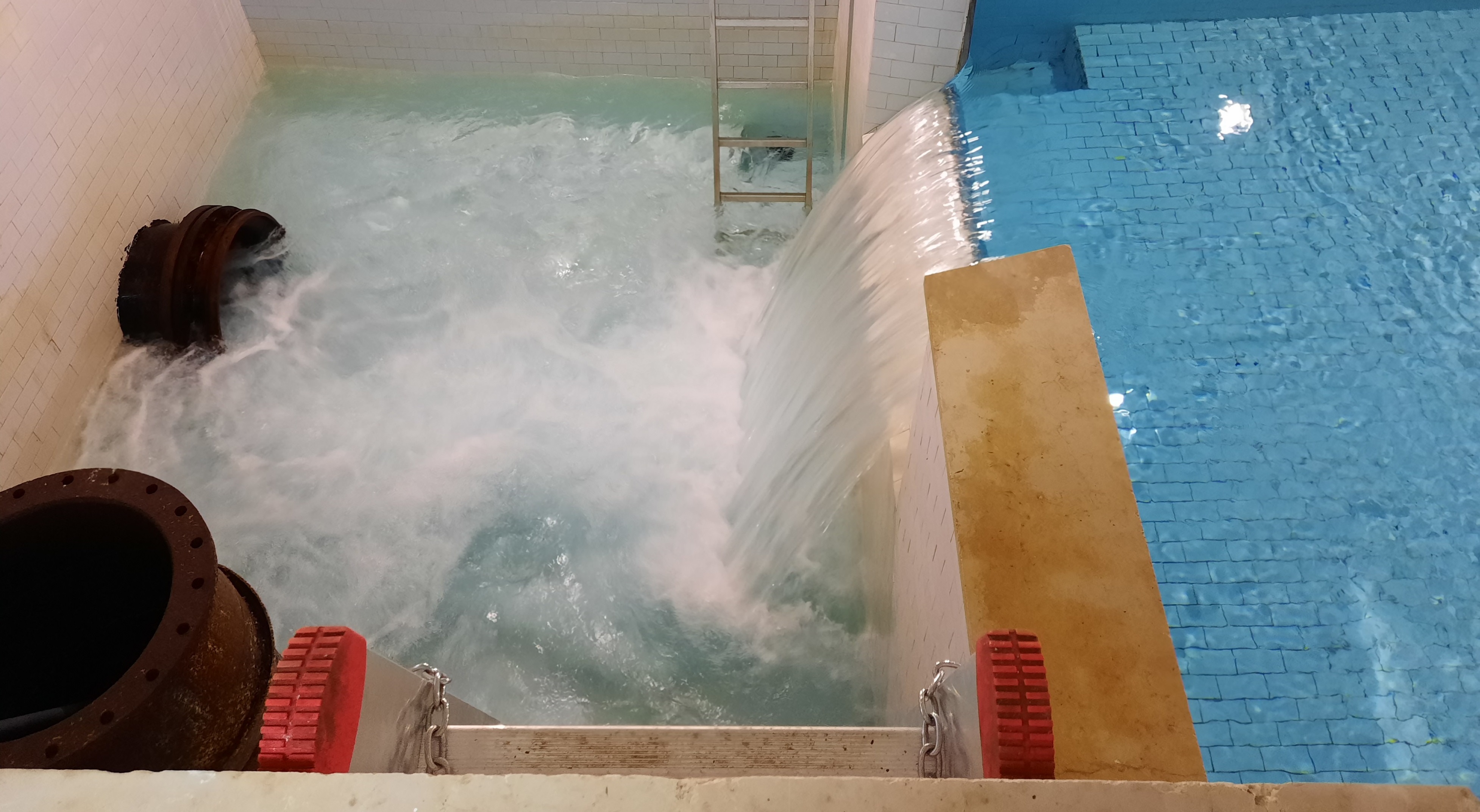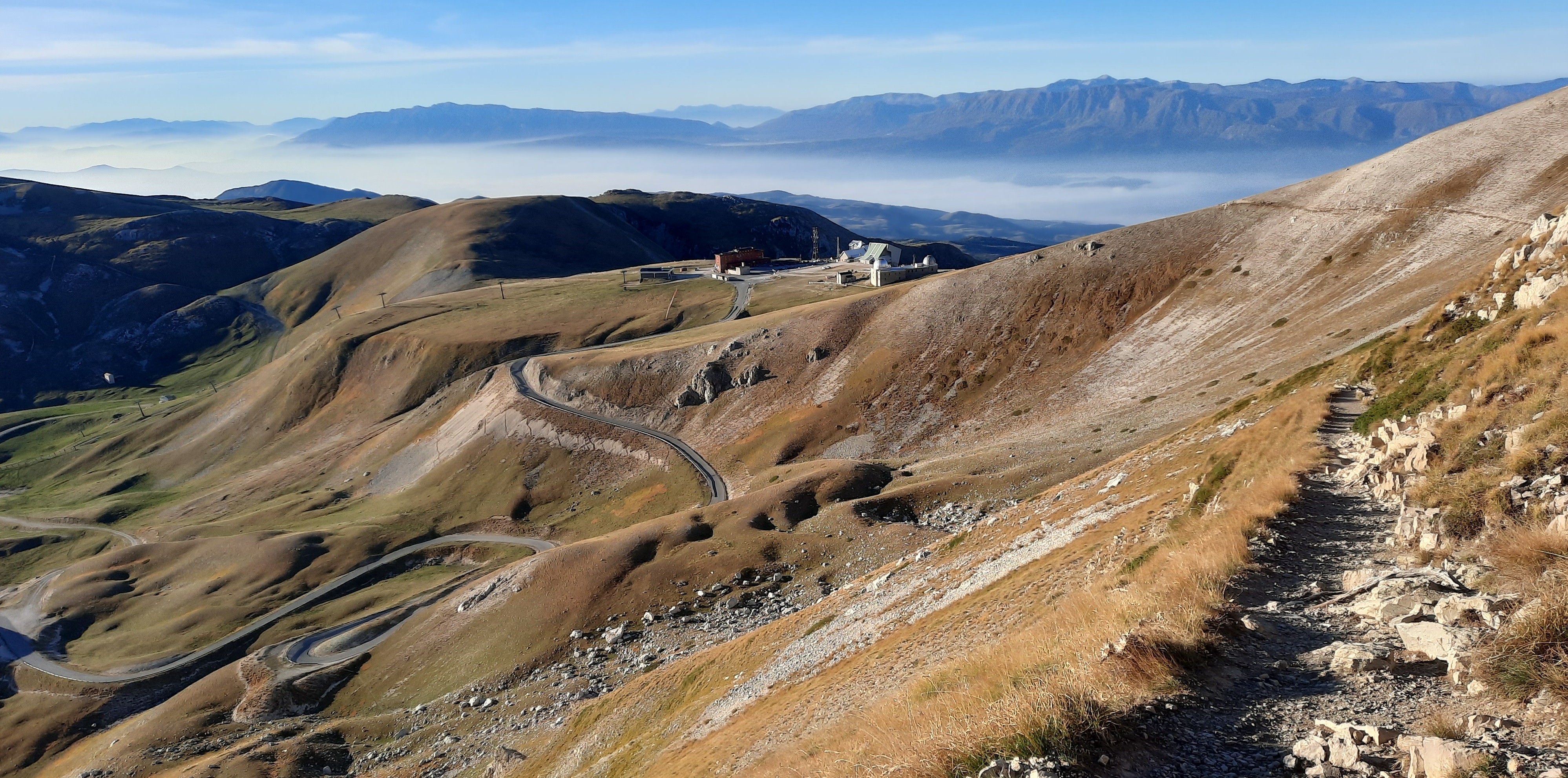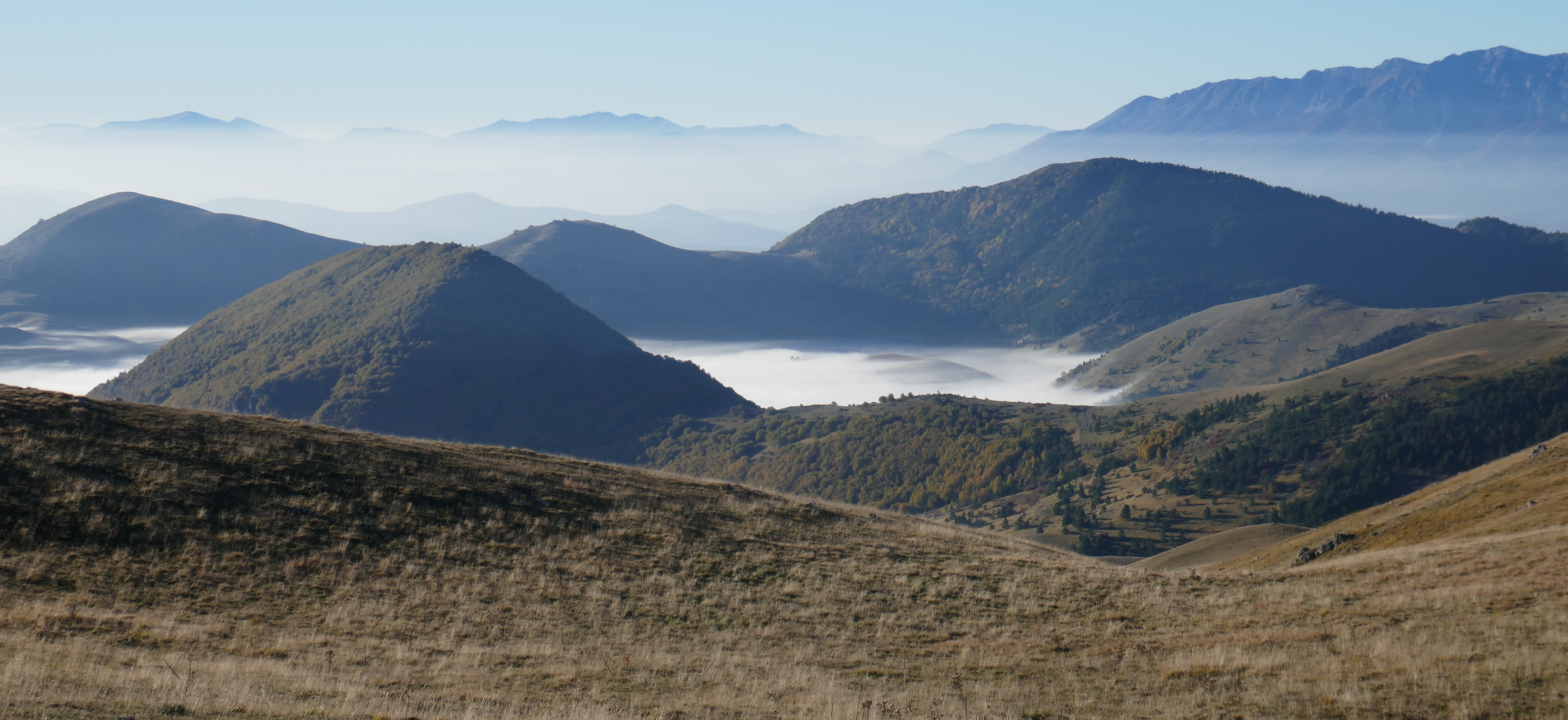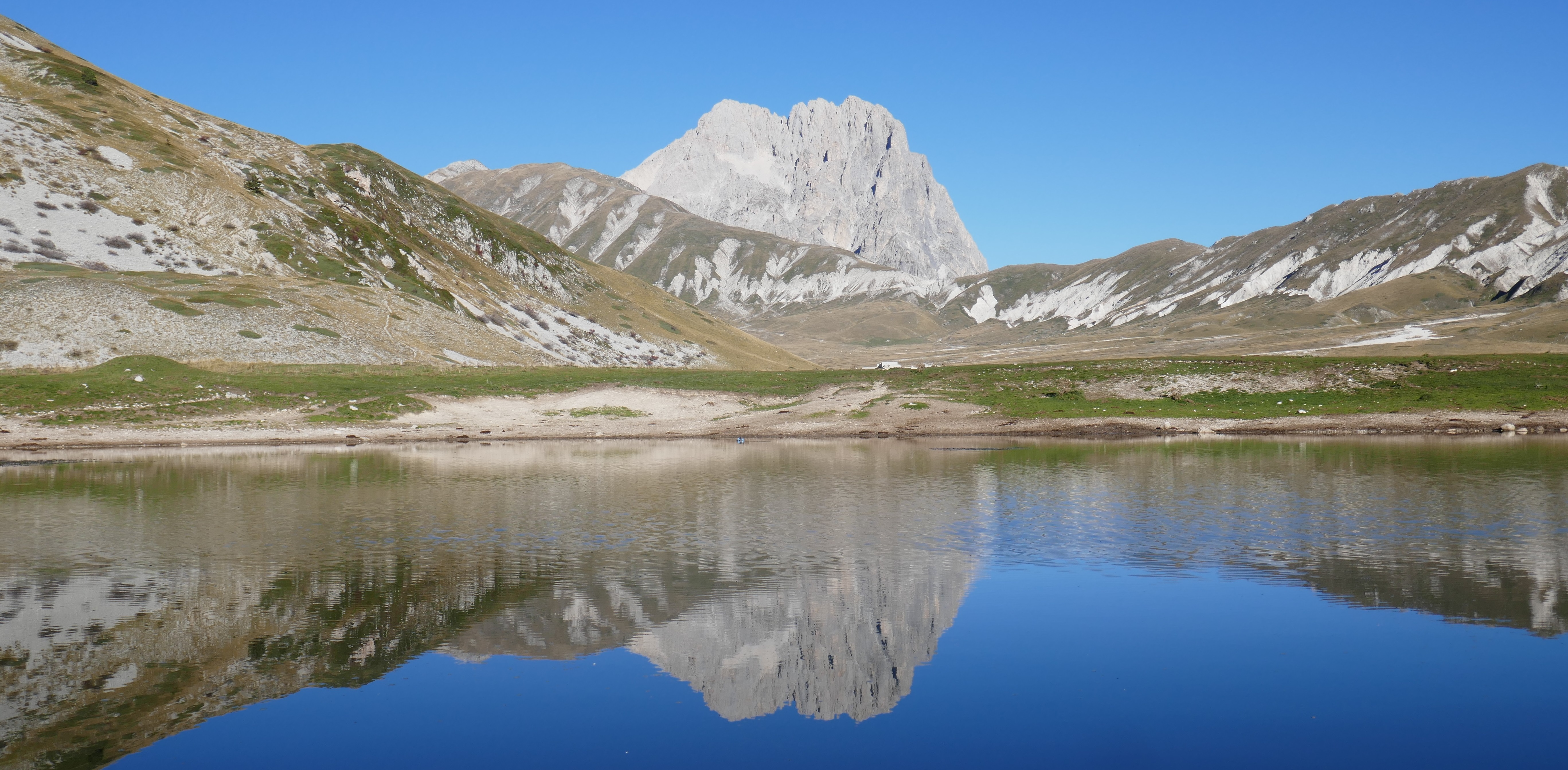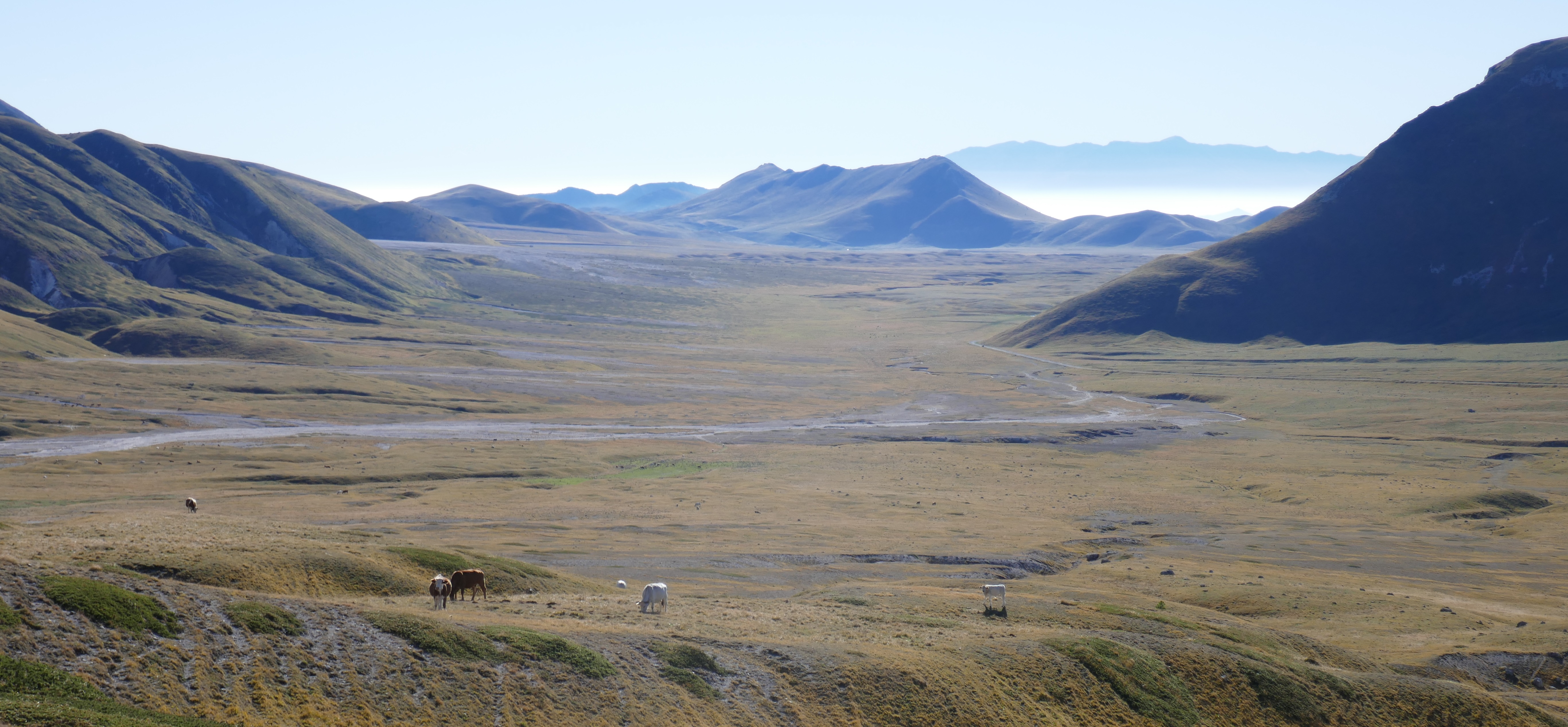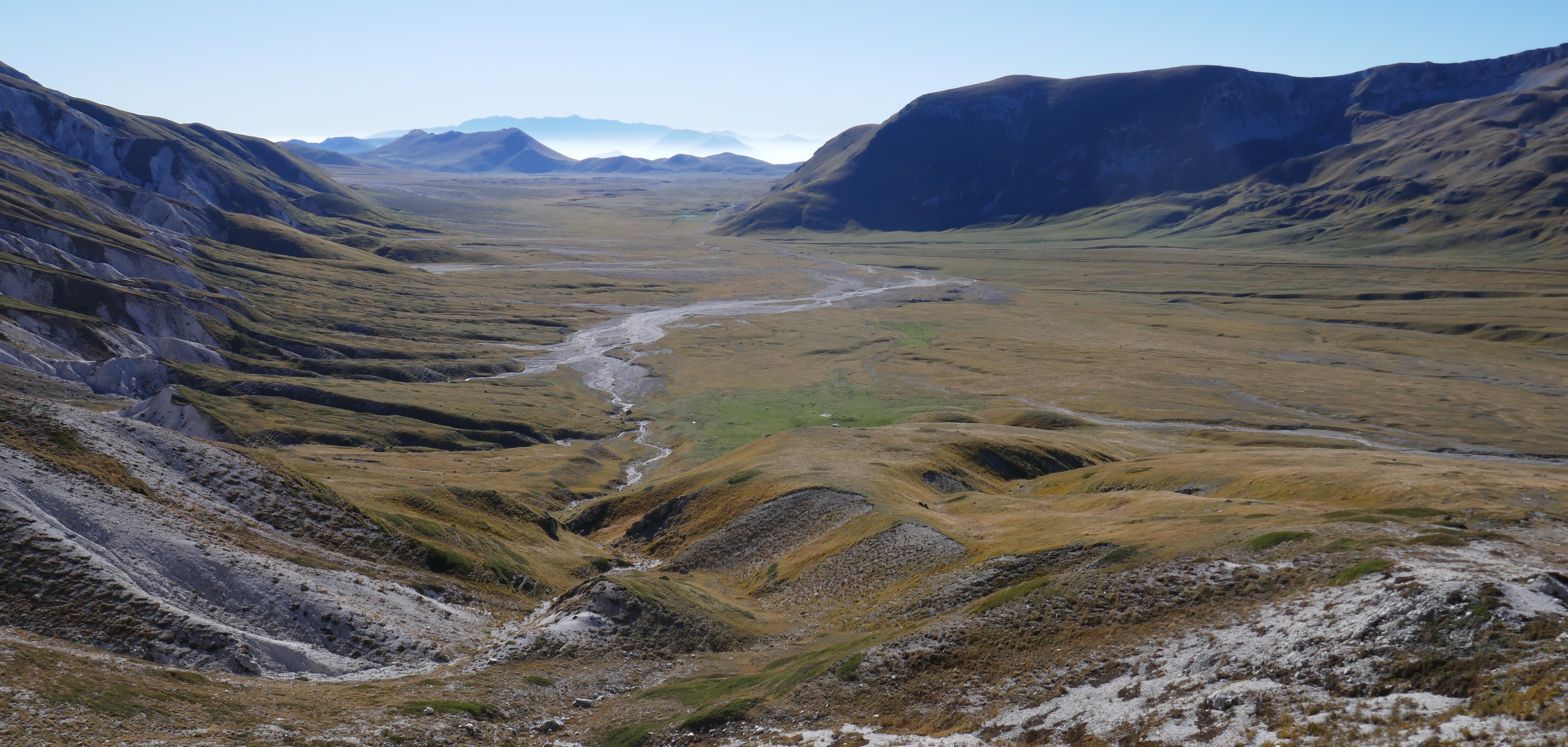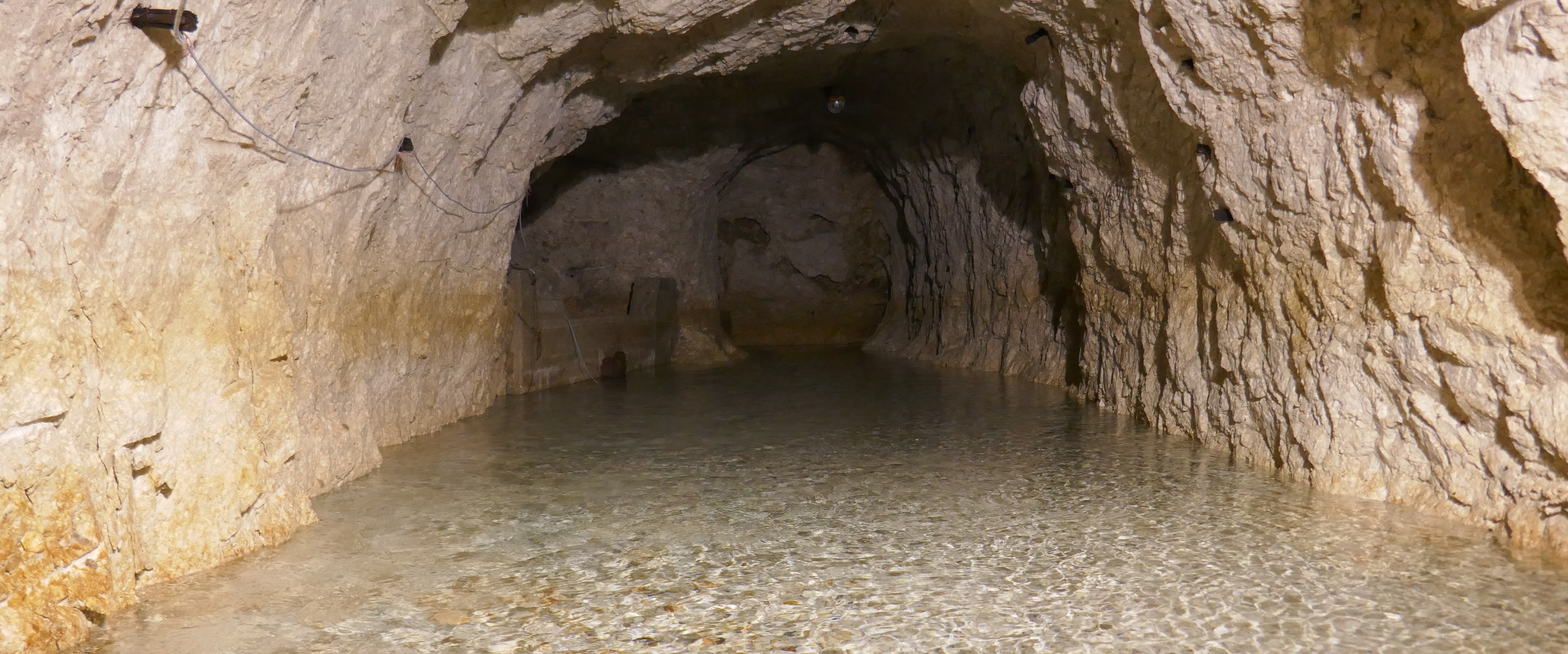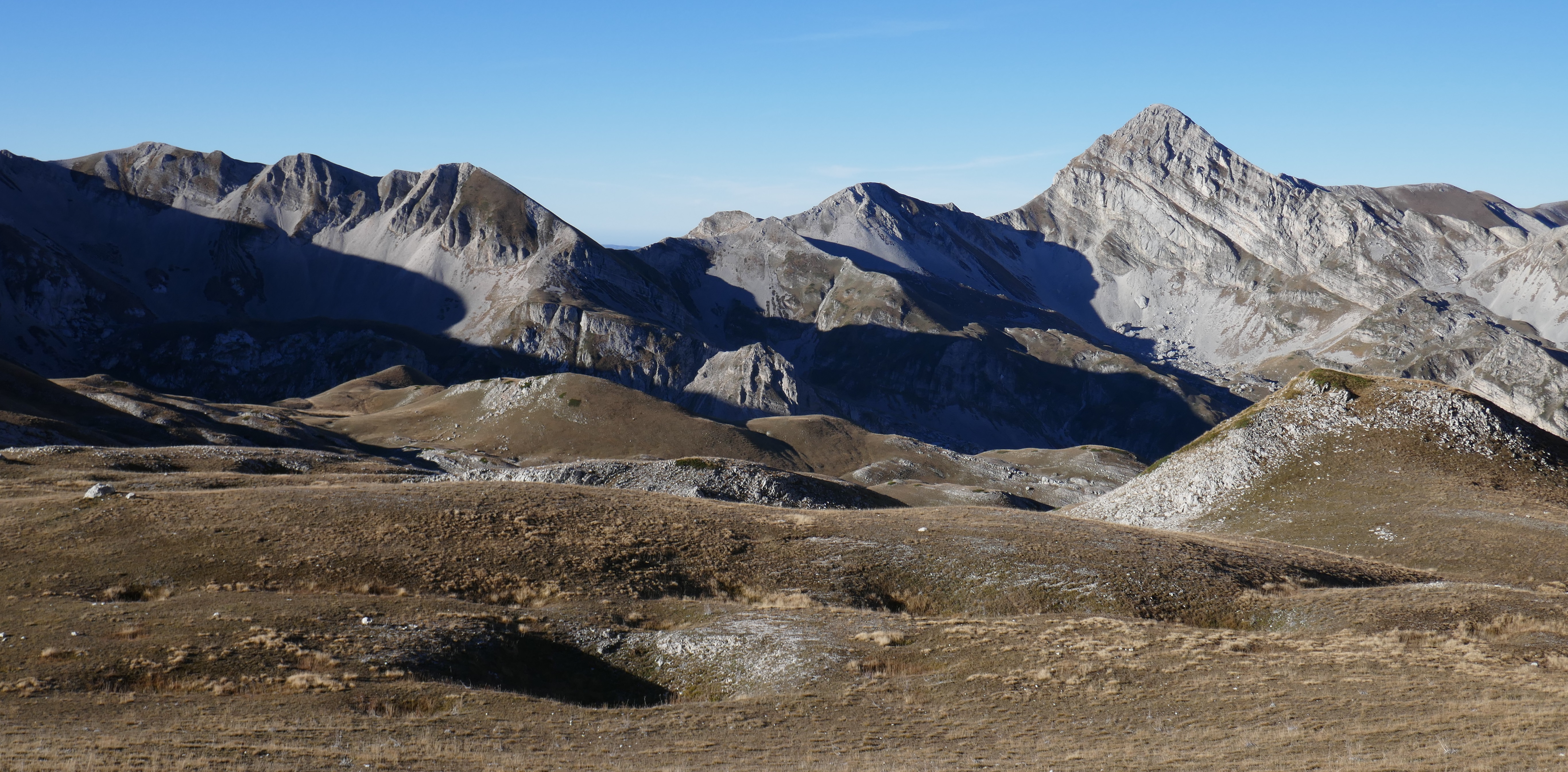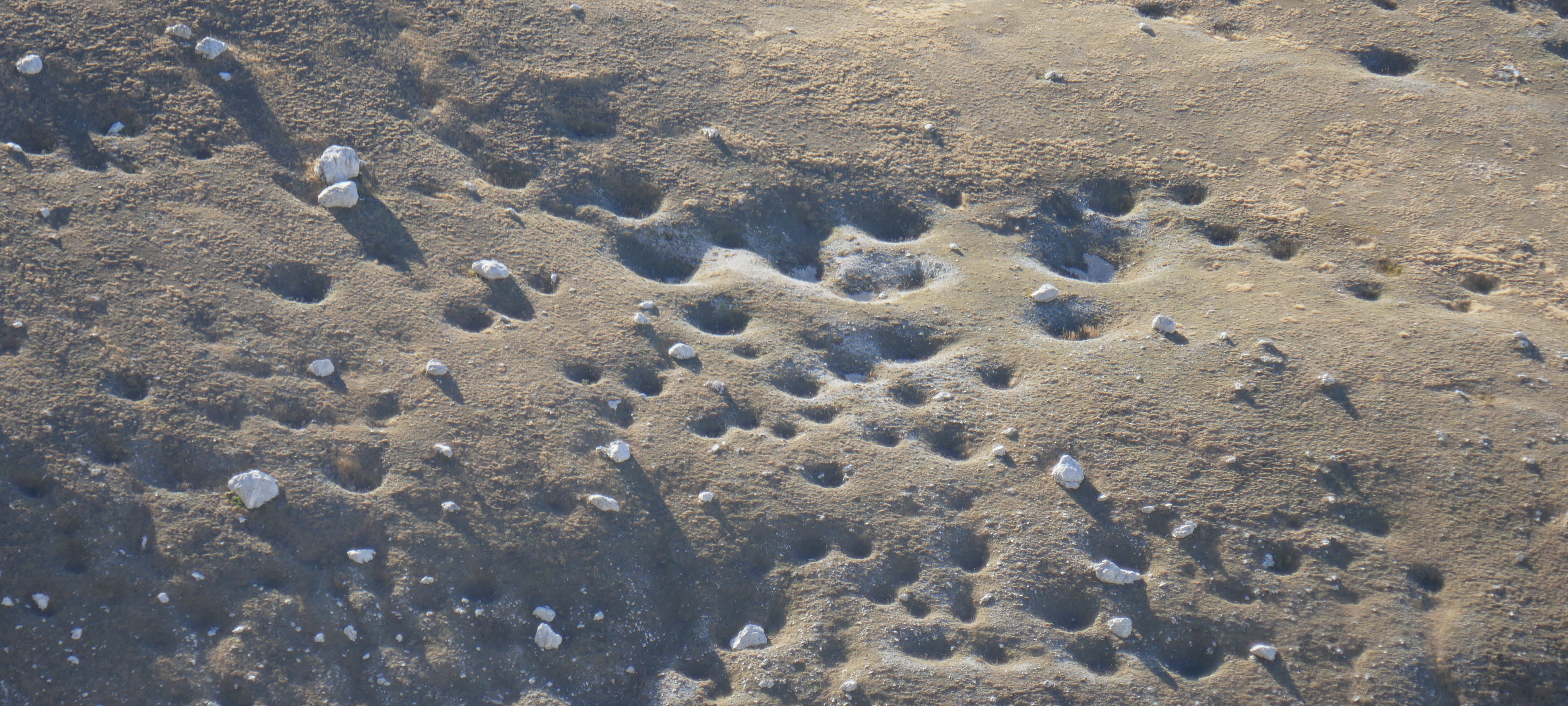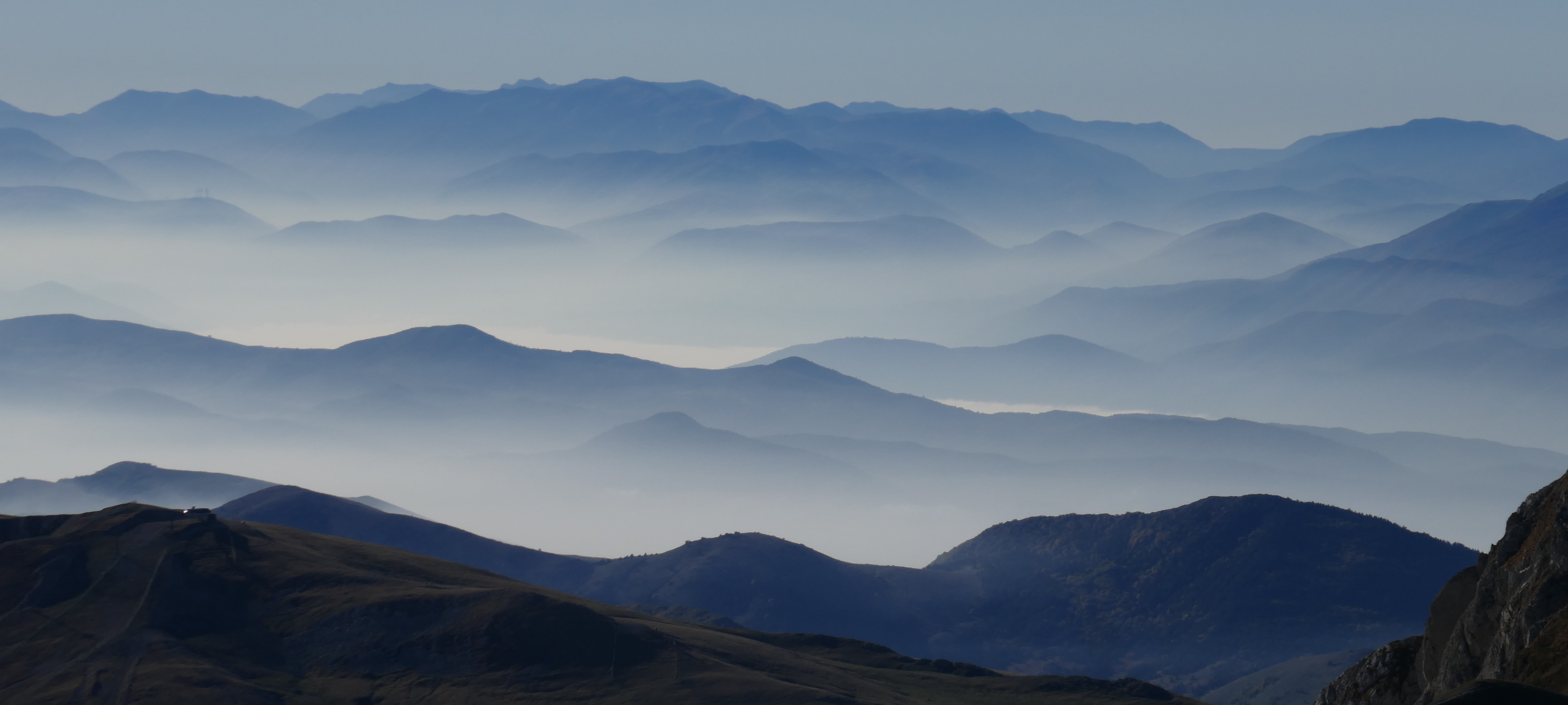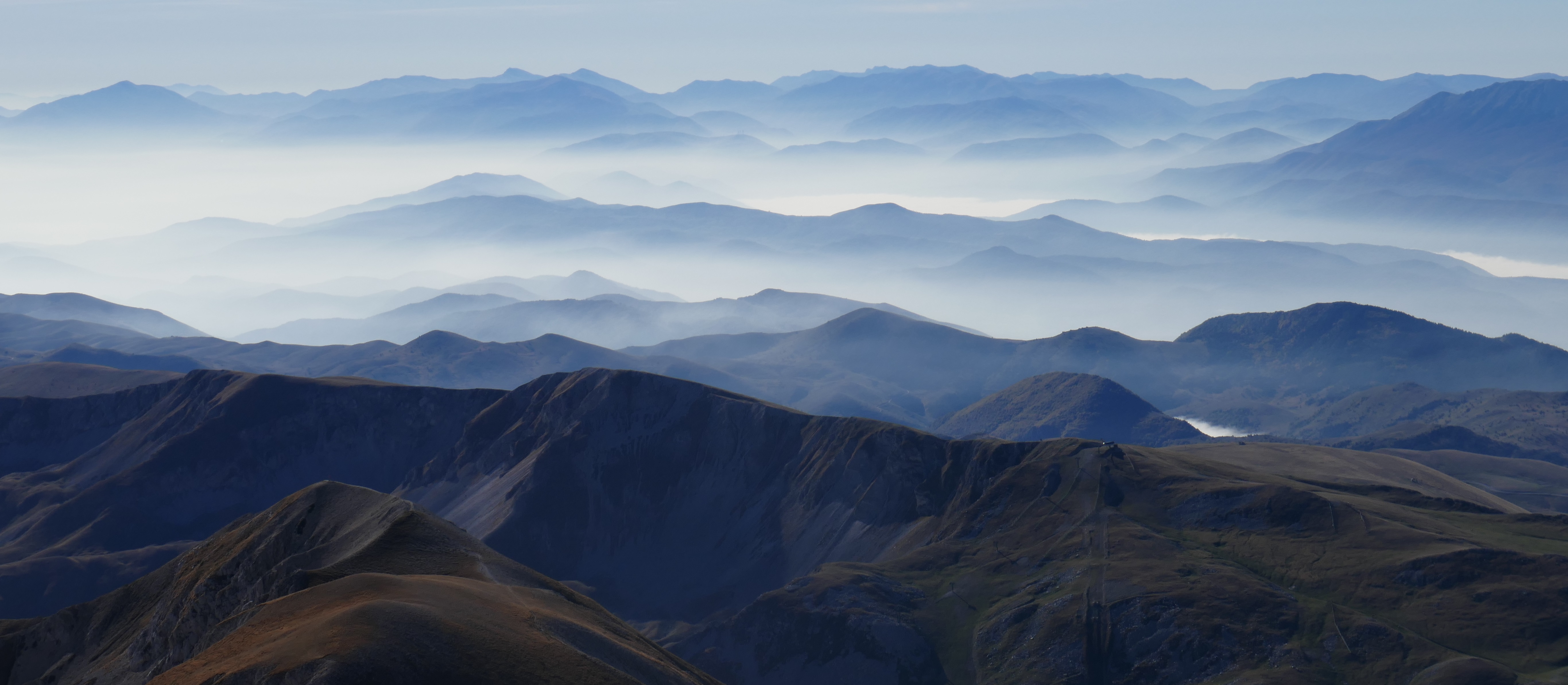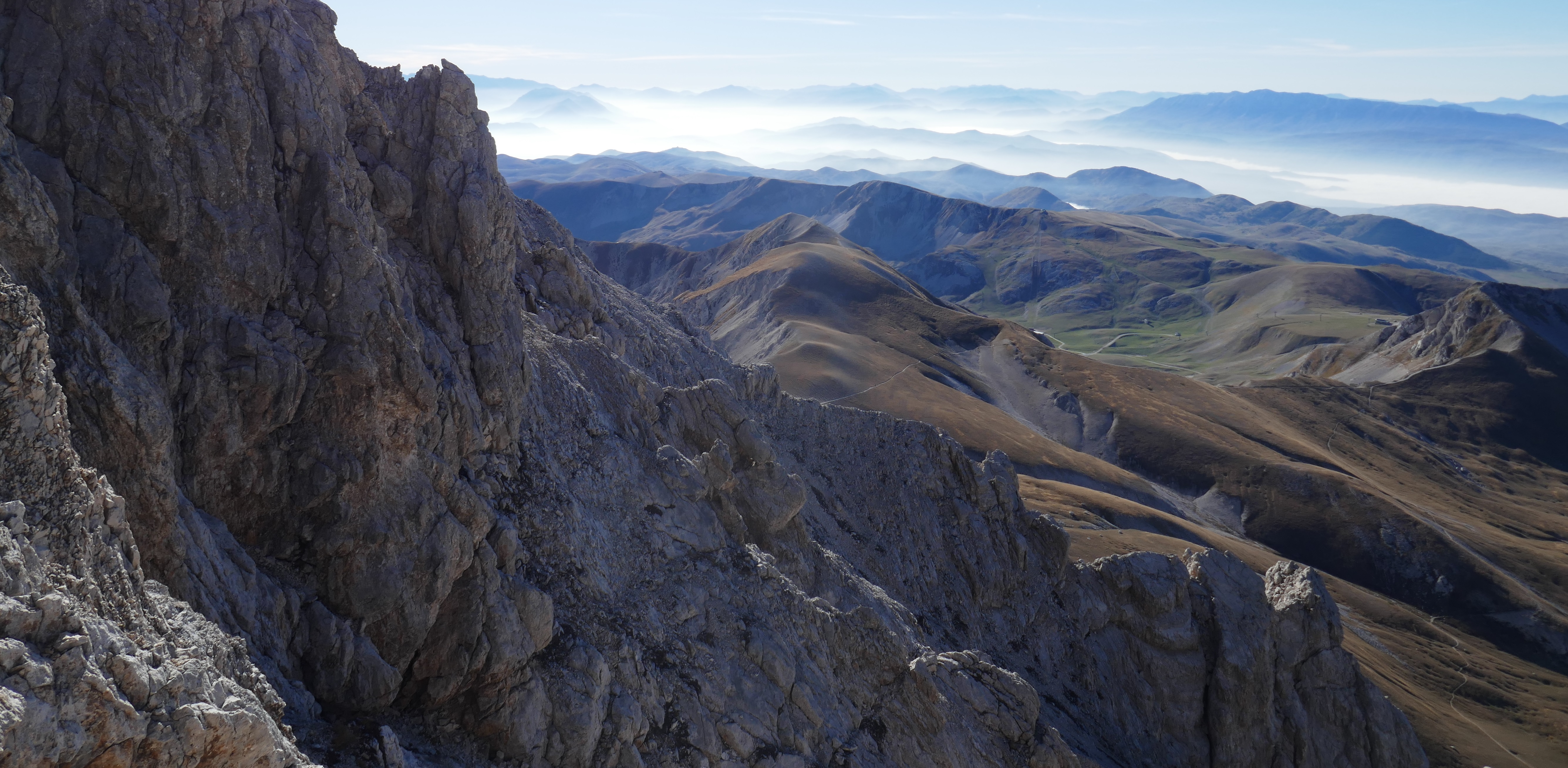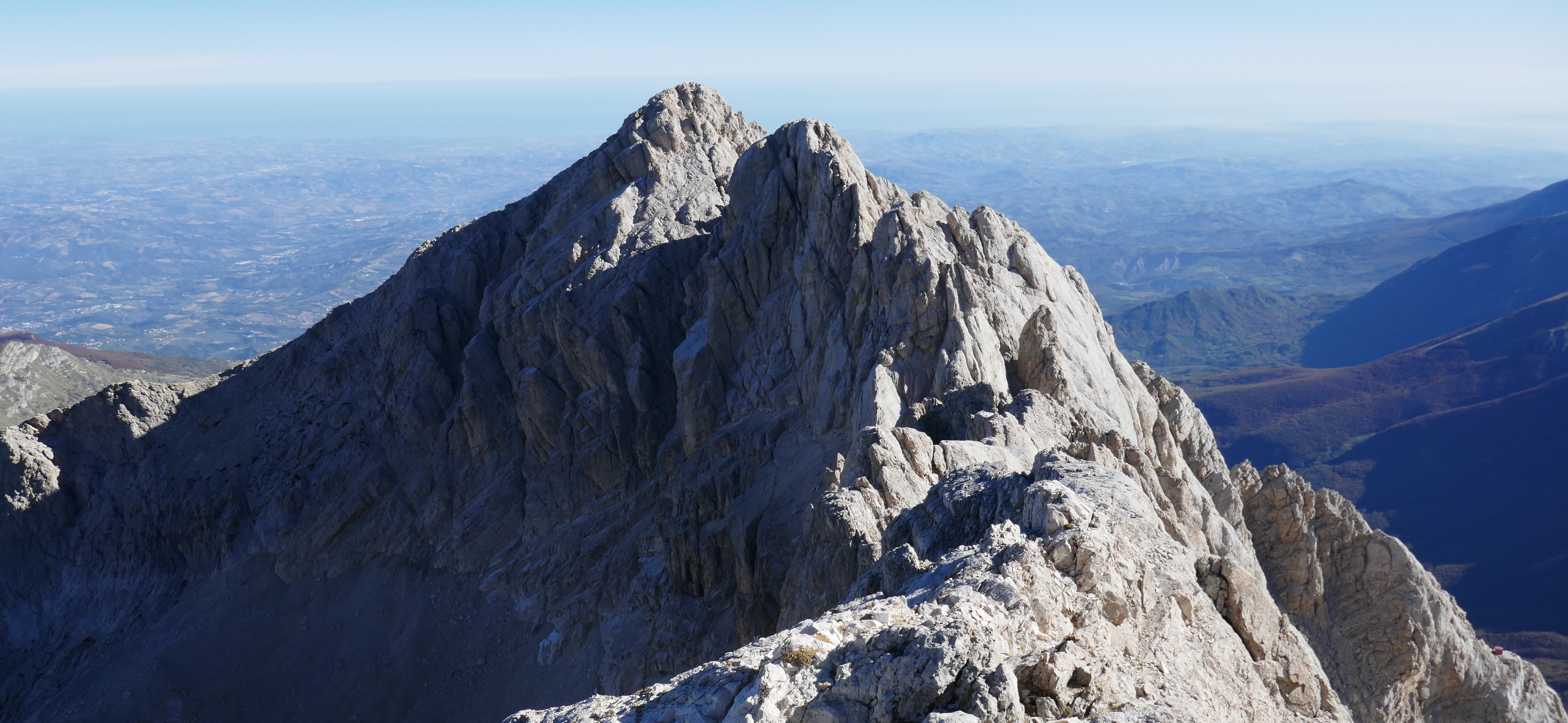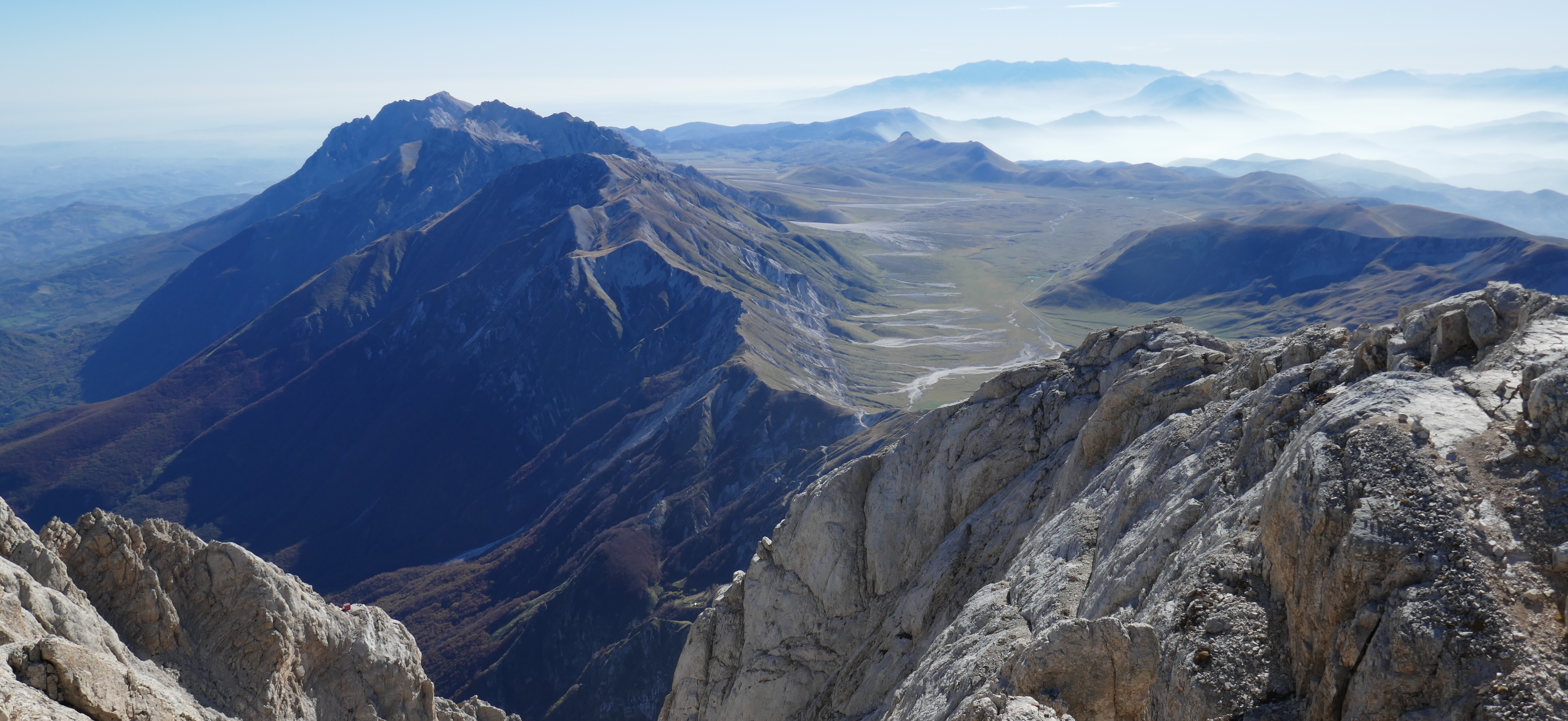Karst aquifers constitute important freshwater resources, but are challenging to manage and to protect, because of their unique hydraulic structure and behaviour, representing continuous challenges for research and development. The past decades have brought substantial progress in karst hydrogeology and several KARMA partners have been in the forefront of research on karst groundwater availability and quality, including the development of modeling tools. The KARMA project aims at achieving substantial progress in the understanding of karst groundwater availability and quality across all scales and at developing novel methods and tools for the sustainable exploitation and protection of these vulnerable resources.
Karst aquifers contribute to freshwater supply of most Mediterranean countriesa and many cities are supplied by karst water, e.g., Rome, Vienna, Montpellier and Beirut. Karstified carbonate rocks are widespread in Mediterranean countries and constitute 21.6 % of the European land surface. These land surfaces correspond to the main recharge zones of karst aquifers, which are often hydraulically connected over large areas and highly vulnerable to contamination because of their hydraulic properties, such as rapid and turbulent flow in a network of conduits, resulting in highly variable spring discharge and water quality (Hartmann et al. 2014). Therefore, karst systems require specific investigation methods and management tools across all scales (Goldscheider and Drew 2007), which will be further developed in this project.
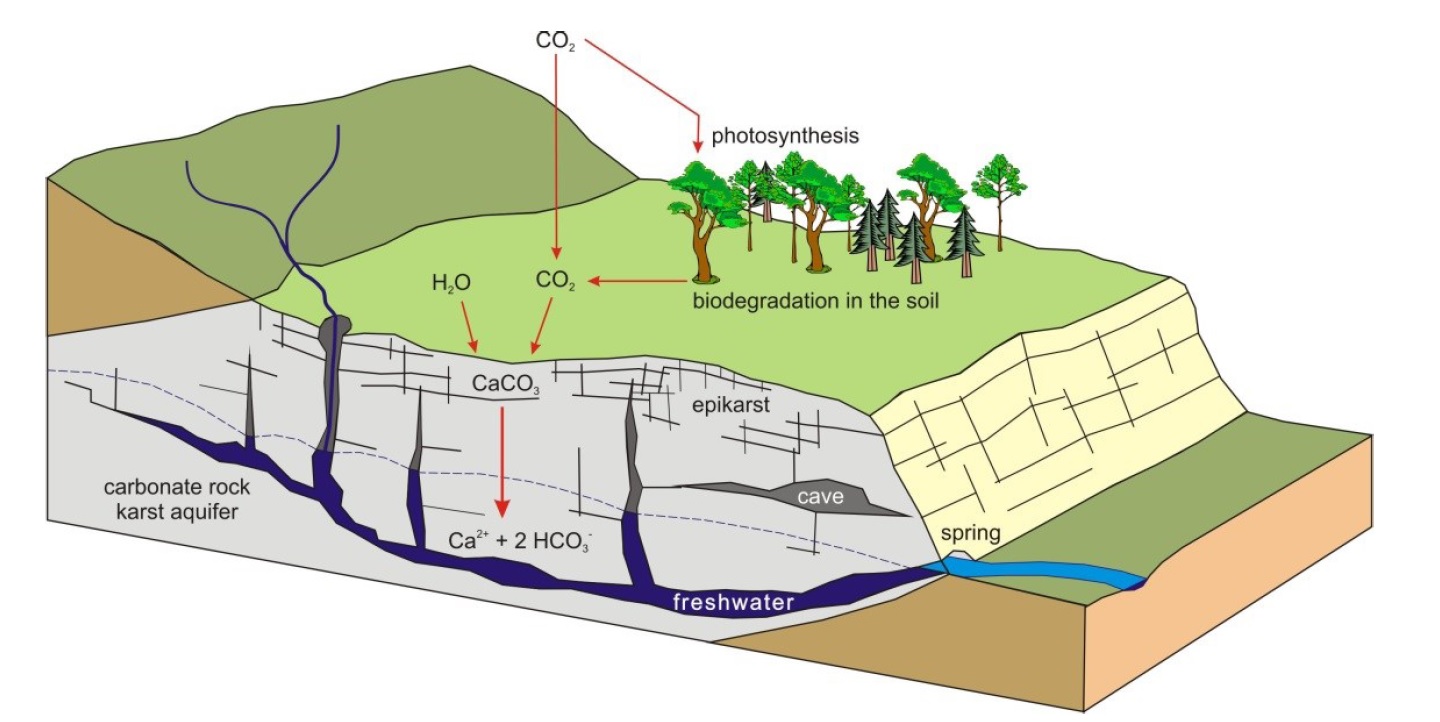
Block diagram of a karst aquifer illustrating the process of karstification (carbonate rock dissolution) by means of water and CO2 from the atmosphere and soil, and the hydraulic structure of the aquifer, consisting of a conduit network embedded in fractured rock matrix Goldscheider (2019).
Karst aquifers form by dissolution of soluble rocks (typically carbonates, e.g. limestone and dolomite) along fractures and bedding planes by flowing (ground)water containing CO2 from the atmosphere and soil (Ford and Williams 2007). Karstification is a self-amplifying process and results in the generation of a network of conduits that often drain towards large springs. Therefore, karst aquifers can be described as a system of conduits embedded in, and interacting with, a less karstified rock matrix. They are characterized by high degrees of hydraulic anisotropy (higher conductivity in the direction of conduits than perpendicular to them), heterogeneity (higher porosity and permeability in the conduits than in the matrix) and temporal variability of water availability (variable water level, storage volume, and spring discharge). These properties also lead to a high degree of groundwater vulnerability to contamination and temporal variability of water quality, because contaminants can easily enter the underground, spread in the karst network and rapidly reach the springs (Bakalowicz 2005).
Literature
Ford, D., Williams, P., 2007. Karst hydrogeology and geomorphology. Wiley
Goldscheider N (2019) A holistic approach to groundwater protection and ecosystem services in karst terrains. Carbonates and Evaporites, 34(4): 1241-1249, doi.org/10.1007/s13146-019-00492-5
Goldscheider, N., Drew, D., 2007. Methods in karst hydrogeology. Taylor & Francis, London.
Hartmann, A., Goldscheider, N., Wagener, T., Lange, J., Weiler, M., 2014. Karst water resources in a changing world: Review of hydrological modeling approaches. Reviews of Geophysics 52, 218-242.
